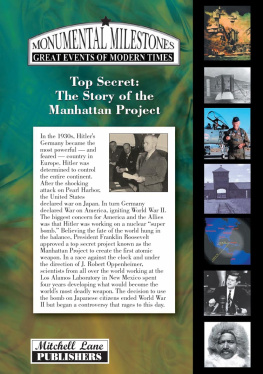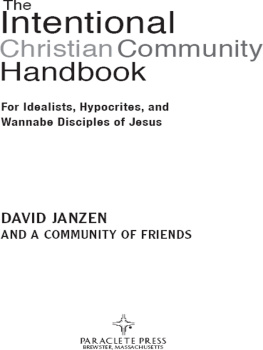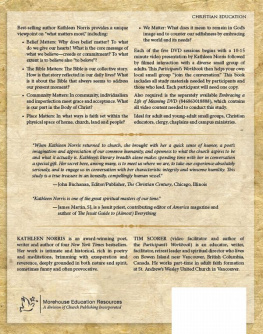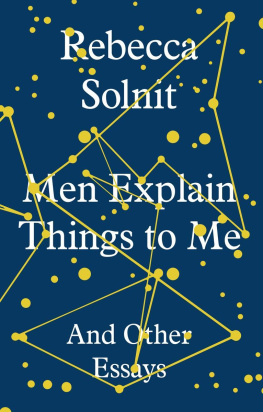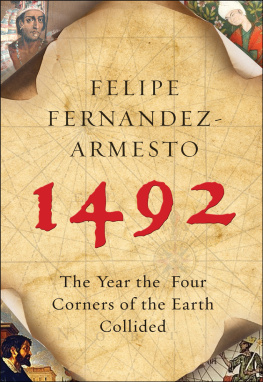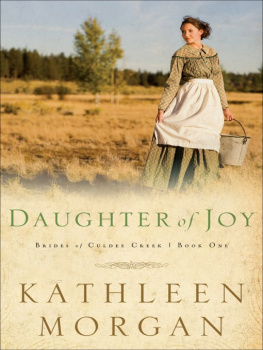ZOAR
ZOAR
The Story of an Intentional Community
KATHLEEN M. FERNANDEZ
THE KENT STATE UNIVERSITY PRESS
Kent, Ohio
To my late husband, Jim Hillibish.
I wish we could have written this together.
2019 by The Kent State University Press, Kent, Ohio 44242
ALL RIGHTS RESERVED
Library of Congress Catalog Card Number 2018052569
ISBN 978-1-60635-374-5
Manufactured in the United States of America
No part of this book may be used or reproduced, in any manner whatsoever, without written permission from the Publisher, except in the case of short quotations in critical reviews or articles.
Parts of chapter 9, Zoar and the Courts, were first published as The Society of Separatists of Zoar v in Communal Societies 26, no. 1 (2006).
Parts of chapters 13 were first published as A Separatist Song: A Newly Discovered Poem about Zoars Beginnings in Communal Societies 38, no. 1 (2018).
LIBRARY OF CONGRESS CATALOGING-IN-PUBLICATION DATA
Names: Fernandez, Kathleen M., 1949- author.
Title: Zoar : the story of an intentional community / Kathleen M. Fernandez.
Description: Kent, Ohio : Kent State University Press, 2019. | Includes bibliographical references and index.
Identifiers: LCCN 2018052569 | ISBN 9781606353745 (cloth)
Subjects: LCSH: Society of Separatists of Zoar. | Collective settlements--Ohio--History--19th century. | Zoar (Tuscarawas County, Ohio)--History.
Classification: LCC HX656.Z8 F47 2019 | DDC 307.7709771/66--dc23
LC record available at https://lccn.loc.gov/2018052569
23 22 21 20 195 4 3 2 1
Contents
And Speak the Truth Freely
Zoar Separatists in Germany
Remove the Whole in a Body to the West of the Ohio
Emigration and Settlement in Zoar
What Is Good for One Is Beneficial to All
The Separatists Create a Communal Society
He Loves Influence
Joseph Bimeler
Engaged in Agricultural Pursuits
Agriculture in Zoar
The Wealth They Have Accumulated Is Enormous
Doing Business in Zoar
We All Greet All Those Who Heartily Wish It
Zoar and Other Communal Groups
A Life Free from Care
Everyday Life in Zoar
To Enjoy the Advantages Common to All
Zoar, Communalism, and the Courts
Tested the Conviction
Zoar and the Civil War
Applicants of Good Character
Membership in the Zoar Society
Thy Delights, Enchanting Zoar
The World Comes to Zoar
Vanish Like a Light Morning Mist
The Zoar Society Dissolves
Possesses National Significance
Zoar Since 1898
Eine gter Gemeinschaft. In German, it means a community of goods, or a communal society, but in another context, it can also mean a good community. And it was. For seventy-nine years, this group of German emigrants and their descendants were part of one of the most successful communal societies in the United States. They called their town Zoar, named for Lots place of refuge in the Bible, and it was a refuge indeed.
It was not to form a communal group that a band of close to three hundred German Radical Pietist dissenters left their homes in Wrttemberg in 1817. They only wanted to worship their God the way they wanted, without interference from the government or church authorities, which in Wrttemberg were one and the same.
Sharing everything was not their initial aimworshipping together was. But when economic conditions and a hard winter would have forced them apart, they instead bound themselves together into this gter Gemeinschaft, a community of goods, where all shared their work, their wealth, and their future.
With luck, pluck, and a lot of hard work they became so successful in America that by the 1860s both their neighbors and the local Tuscarawas County government were borrowing money from them, exceeding anything they had dreamed of in Germany. All because they worked together, men and women alike, in community.
It was crucial that they had a person to lead them who could translate their mystical religious beliefs into such spellbinding sermons that they were published after his death. This same person, Joseph Michael Bumler (later Bimeler), went from being a simple weaver in Ulm, Germany, to influencing the State of Ohio to bring the Ohio & Erie Canal through their land, paving the way for the communitys success.
Sheer economic desperation drove them to become communal. If they had not banded together, shared the work and the sacrifice, they could not have become this singular people, as one outsider called them. But it was not easy. They suffered from bad weather, disaffected members leaving and filing lawsuits, an epidemic of cholera that wiped out a third of the village in 1834, and, after Bimelers death in 1853, a leadership void that no one could truly fill.
If they had not had the memories of the floggings, hard labor, and jail time in Wrttemberg to spur them on and the solace of their religion and the longed-for Resurrection to comfort them, these immigrants, like so many, may have gone their different ways in America. Instead, they perseveredtogether.
Despite its success, the Society of Separatists of Zoar, so called because the members had separated themselves from the established state Lutheran Church in Wrttemberg, eventually came to an end in 1898. The admiration (and curiosity) of outsiders toward them caused problems in the community. Travelers brought not only money to the Society coffers but also envy and an underground cash economy, both factors in the Societys eventual demise. Other reasons for the dissolution included a decline in religious fervor, the death of those who could remember the persecutions in Germany, some bad investments, lack of outlay in technology, and the young leaving to seek their fortunes outside.
But for almost four score years, the community flourished, creating a little piece of Germany in east-central Ohio, which even today showcases its German heritage and the legacy of how a group of foreign religious dissenters can persevere in America to create eine gter Gemeinschaft.
It is their story I hope to tell in this volume.
This book has been many years in the making. As site manager of Zoar Village State Memorial for fifteen years (19892004), its a book I myself wanted to use to interpret the village to visitors. A book compiling all of the myriad sources of information about Zoar was not available; the closest thing was Edgar Nixons dissertation (thank goodness for that!), but it was not published and has only recently been available online, so was not accessible to either scholars or the public. Several manuscript collections have been acquired by the Ohio History Connection since Nixons work, most notably the Jack and Pat Adamson Collection, purchased by the Ohio Historical Society in 2000 and used extensively in this work.
In the book, I have standardized the spelling of German names, especially that of Zoars leader, Joseph Bimeler. Although his name in German is Bumler, he changed it to Bimeler in America, so Ive used that spelling throughout the book, including correspondence in which he is addressed in the German form. And, although its not scholarly convention, the names of Zoar buildings, (Number One House, the Bakery, etc.) are capitalized, as they are the official designations of these buildings, both then and now. Except for Number One House (Nummer Eins), the other numbered Zoar homes are indicated with an Arabic number (Number 9 House). Primary source material containing underlining is shown with italics.








